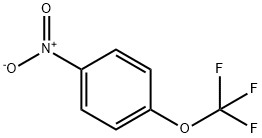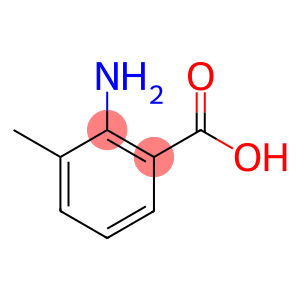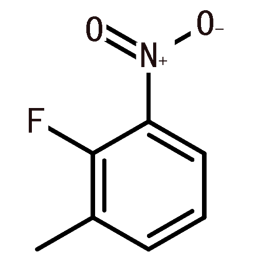p-chloroanisole(CAS#623-12-1)
| Hazard Symbols | Xn – Harmful |
| Safety Description | S23 – Do not breathe vapour. S24/25 – Avoid contact with skin and eyes. |
| UN IDs | UN 2810 |
| WGK Germany | 3 |
| TSCA | Yes |
| HS Code | 29093090 |
p-chloroanisole(CAS#623-12-1) introduction
Chloroanisole The following is an introduction to the properties, uses, preparation methods and safety information of p-chloroanise:
Quality:
- Appearance: Chloroanisole is a colorless liquid.
- Solubility: It is soluble in organic solvents such as ethanol, methylene chloride, etc.
Use:
- Chemical synthesis: Chloroanisole can be used as an intermediate in organic synthesis for the synthesis of various organic compounds.
- Insecticides: Chloroanisole has a strong killing effect on pests, and it is widely used as an insecticide in the agricultural field.
- Anesthetics: Chloroanisole was once used as an anesthetic, but its toxicity and adverse reactions are now less used.
Method:
Chloroanisole can be obtained by the reaction of anisole and thionyl chloride. The reaction formula is as follows:
C6H5OCH3 + SOCl2 → C6H5CH2OCl + SO2 + HCl
Safety Information:
- Toxicity: Chloroanisole is an organohalogenated substance, which has a certain toxicity, irritating effect on the skin and eyes, and may cause dizziness, nausea, and difficulty breathing when inhaled in large quantities.
- Flammability: Chloroanisole is flammable and can form explosive mixtures with oxygen, so caution should be exercised when using it in open ignition sources and at high temperatures.
- Precautions for use: When using chloroanisole ether, care should be taken to wear appropriate protective equipment, avoid skin contact and inhalation, operate in a well-ventilated place, and avoid contact with strong oxidants and strong acids.








